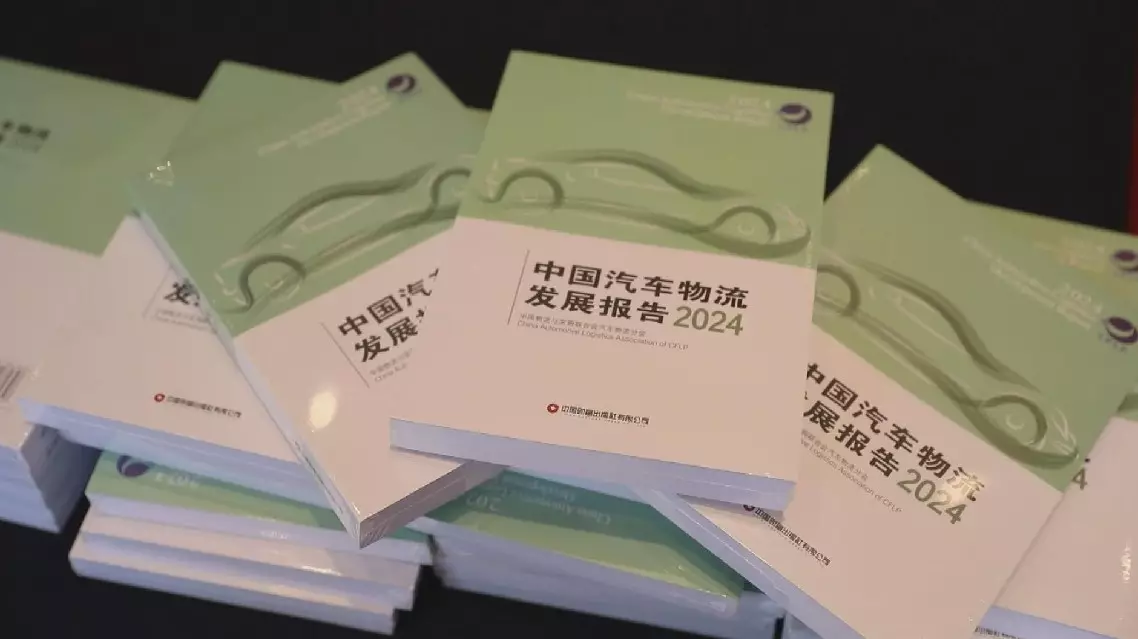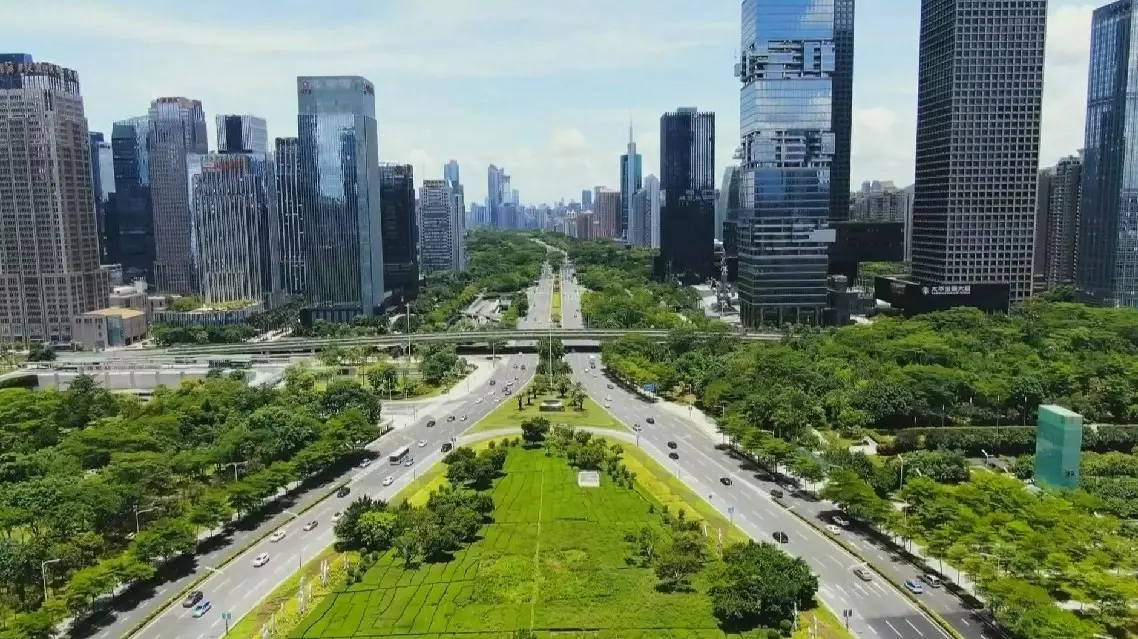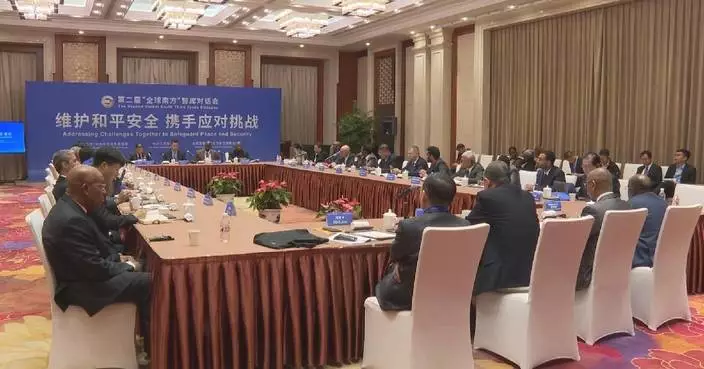China's vehicle transportation structure has seen encouraging optimization and a high-efficient comprehensive vehicle transportation network has gradually taken shape, according to China Automotive Logistics Development Report 2024 issued on Tuesday at the China Automotive Logistics Conference in Beijing.
The report shows that compared to 2014, the volume of auto logistics shipments has increased by 32.3 percent, with the share of rail and waterway transport rising from 15 percent to approximately 40 percent over the past decade. Rail transport, with its round-the-clock operation, high capacity, eco-friendly, and efficient characteristics, has become a stabilizing factor in the international supply chain.
Meanwhile, road transport has become primarily focused on short-distance distribution, with its share in long-haul routes declining and average transport distances shortening. A survey found that 57 percent of vehicle logistics companies report average single-trip distances below 500 kilometers, according to the report.
"Road logistics is focused on short-distance delivery and pickups, while rail and waterway handle long-haul routes. From the perspectives of green sustainability, efficiency, and cost, this structure is more rational," said Zuo Xinyu, secretary-general of automotive logistics branch under China Federation of Logistics and Purchasing.
As China's automakers expand into overseas markets, auto logistics companies are also actively establishing a global logistics network.
"For example, around 10 automakers have set up production capacity in Thailand, Malaysia, and Indonesia. This requires our auto logistics companies to keep pace with manufacturers and take the step toward globalization," Zuo said.

China issues Automotive Logistics Development Report 2024









